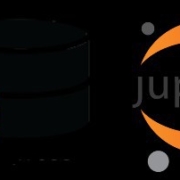Introduction
If you’re at all interested in Artificial Intelligence (AI) — and it seems likely that you are, since you’re reading this in the AI Zone here on DZone — it’s unlikely to be news to you that there is an AI skills shortage. Businesses are increasingly looking to invest in AI and are on the hunt for suitably skilled workers since traditional software teams without the experience of AI often encounter a number of challenges, as I described in a recent article in this zone.
Anyone thinking about joining the AI workforce will want to learn the subject, initially by doing some reading and research, but without committing to paying too much. But where to start? As the need to recruit skilled AI staff has grown, so a number of businesses and individuals have set out to provide training courses, books, and e-learning, and the price and quality of these vary, as you would expect. As with all education, if you commit a chunk of your time, you don’t want to find it wasted on out-of-date or incorrect information or to find that you are missing out on key skills after spending time and money on a course that promises to equip you appropriately.

Source de l’article sur DZONE (AI)










